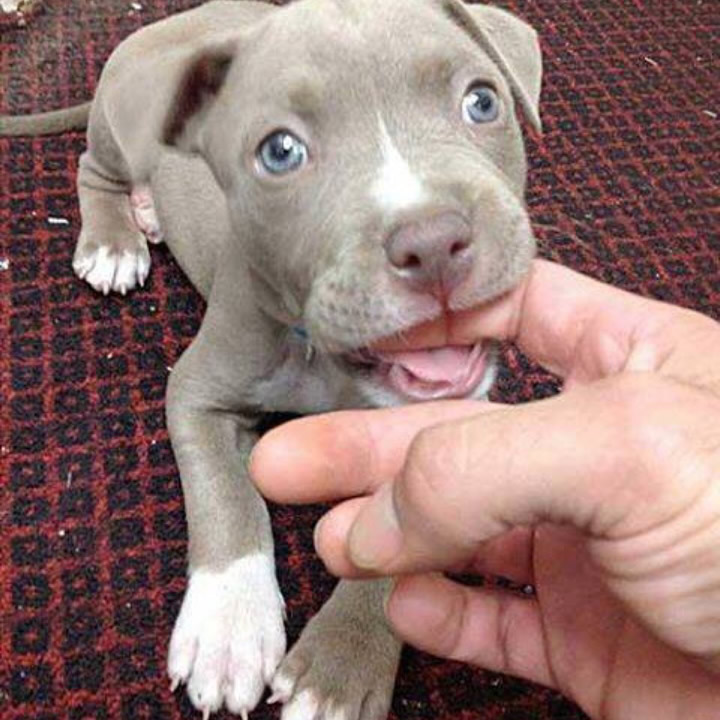When you are planning to set up a farm and raise a number of animals, you will need to take into account various types of farm animal equipment. These include wagons, trailers, fences, and cattle crates.
You may also consider investing in feeding chutes or troughs to help ensure that your livestock gets all the food that they need.
Cattle Crates
Cattle crates are an essential piece of farm animal equipment. They come in a wide range of sizes, designs, and features.
The main purpose of these devices is to help you keep your cattle in check. This is especially important when you’re feeding your animals. Some of the other options you can use include weighing platforms, troughs, and creep feeders.
It’s also important to ensure your livestock has a healthy environment. Cattle crates have a rubber floor, which helps with improved grip and comfort. Also, ventilation is important.
These crates can be used for various purposes, including storing or marking animals.
There are also mobile crates, which can be easily moved and repositioned. Mobile crates have tack boxes on both sides. Aside from that, they can also feature a hydraulic lift or lowering mechanism using tractor hydraulics.
Feeding Troughs
There are different types of feeding troughs for farm animals. The feeding trough should be durable and easy to clean.
It is best to choose a trough that can be extended. Also, it is important to consider the number of animals in the pasture. This will help you to determine the size of the trough. Having a trough that is too big can cause problems.
A good feeding trough should be able to distribute food to the animal in a consistent manner. Having a trough that can be tilted is also a good idea.
Water troughs such as pig waterer are also a necessity. They should be cleaned and checked for dirt on a regular basis. Clean troughs can prevent the spread of disease. Animals can become aggressive around troughs, so it is important to keep them clean.
Feeding Chutes
Chute systems are used in many facilities today. They facilitate research, extend the handling of livestock, and enable preventive medicine. However, the design of these systems is crucial to their function and overall safety.
The simplest type is the drop-floor chute. Other types include squeeze and crush chutes.
There are also several platforms located outside corrals, which can be used by trucks. These are also commonly known as scales. Make sure the scales are placed near the chutes and not in the loading chute.
In the same way that a car’s brake has a large effect on its maneuverability, a good crowd gate has a big impact on the handling of cattle. It is a great way to divert agitated animals and make them easier to handle.
Wagons and Trailers
Wagons and trailers are useful tools in moving farm animal equipment and other supplies. Some are designed for general usage in agricultural settings while others are intended for specific functions. However, the type of wagon or trailer you purchase should be suitable for the task at hand.
Wagons and trailers are typically pulled by tractors or other vehicles. They can also be operated without a load to deliver merchandise. But all vehicles must meet certain regulations.
Agricultural trailers are designed to transport harvested crops, fruit, and vegetables. The gross vehicle weight rating of these trucks should be no less than 10,000 pounds. In addition, these vehicles must be fitted with rollers on the bed of the truck. Also, they must not be operated in the dark.
Fences
Fencing plays an important role in the confinement of animals. There are many types of fences available, and they all have different uses. If you’re planning to erect a new fence, you need to know which type is best.
Depending on the size of your livestock, you’ll need to select the right materials and layout for your needs.
The main purpose of fencing is to control the movement of livestock. It’s also used to keep predators from snatching up your livestock. However, choosing the right type of fence can be difficult.
Fences are often made of wood, wire, and pipe. The material used is determined by the amount of traffic you anticipate, as well as the terrain in the area. To avoid costly and time-consuming repairs, choose materials that will hold up over time.

